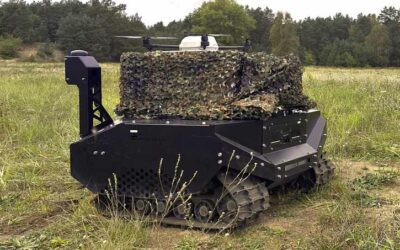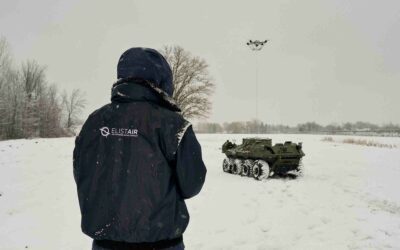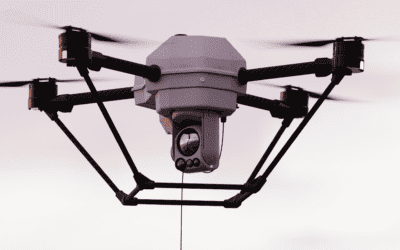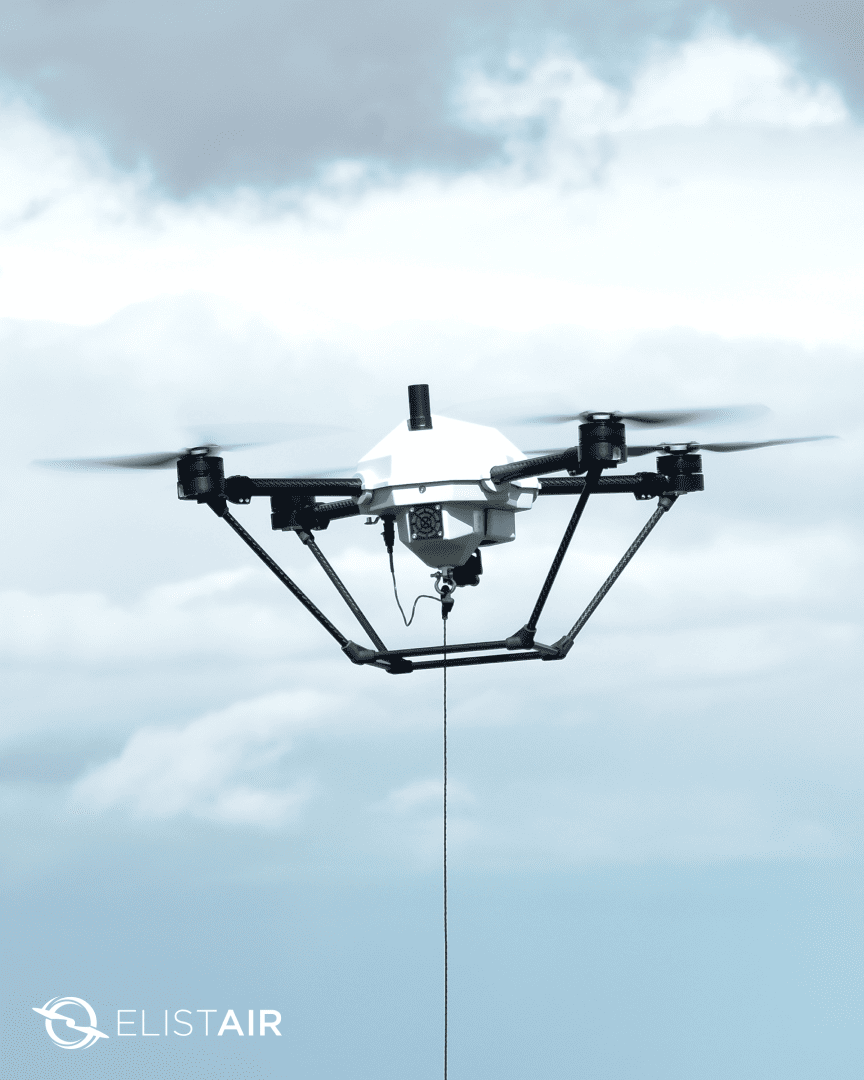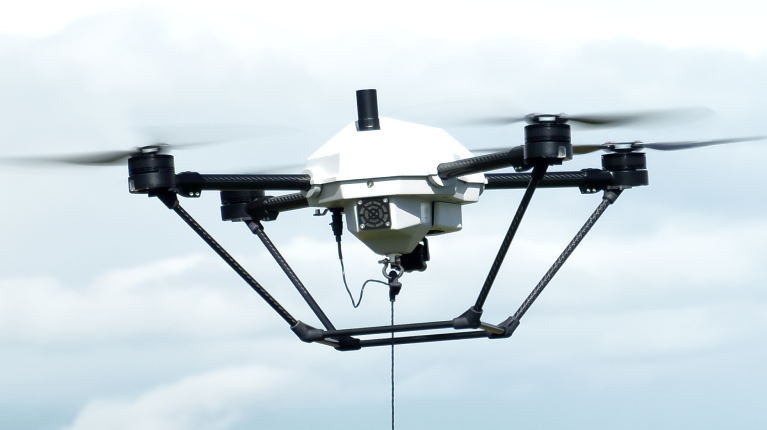The Nestor Project: Elistair retained in European border surveillance project
Elistair Team
4 minutes
Traffic across borders, and by consequence border surveillance, are major focal points for Southern Europe. Therefore, it requires high levels of operational efficiency to respond to security needs.
An innovative project for border surveillance
It is in this context that the Nestor project, headed by Horizon 2020 and the Hellenic police, seeks to demonstrate a new generation of functional systems. Nestor allows for increased vigilance over widespread areas. The project is based on several objectives, including detection, reconnaissance, classification, and the tracking of moving targets.
Backed by a willingness to integrate innovative technologies, these objectives have defined the ultimate shape of the project by creating a functional and autonomous platform for surveillance and coordination which can be remotely controlled to facilitate the tracking of moving targets. The involved technologies form an integrated and embedded network for land and maritime missions.
Elistair Orion 2’s contribution to project Nestor
Elistair is now part of this consortium. It is mostly composed of industrial partners, end-users, and public research groups such as MILTECH, HEN, and DCD amongst others. The Orion 2 UAV will provide continuous aerial surveillance within the larger network of cooperating technologies and systems.
The advantages of the Orion
- Long endurance coverage: border surveillance covers a range of security parameters, including long endurance video coverage and capture. The Orion 2, and more globally tethered drones, can be used to establish persistent video surveillance thanks to these drones’ ability to fly for over 24 hours while simultaneously retransmitting video feedback in real time.
- Widespread visual coverage: to detect any danger or illegal activities in high-risk areas with limited visibility, the use of the Orion and its integrated camera provides a detailed view of a vast perimeter of 10km in any direction which facilitates the detection and tracking of targets.
- Reduced deployment time: participation in Nestor required devices to be discreet and to be easily and quickly deployed for operation. This worked to Elistair’s advantage, as its tethered systems can be fully deployed in under 15 minutes.
- Secured communications: the system’s setup allows for secure communications through the tether cable, with data transfer occurring in real time. With telecommunications being instrumental to the project, the Orion’s capabilities were appreciated and duly integrated in an overarching system including 3D radars, RF systems for the detection of radio signals, land and maritime vehicles with automatised piloting and software for the analysis of social media platforms, all of these combining to create an optimal and cohesive whole adapted to the specific needs of border surveillance organisations.
- Small logistical and visual footprint: Finally, another advantage of the Orion 2 is its small visual and audio footprint, which guarantee increased discretion in operation. It also has a small logistical footprint, being easily transportable and compact.
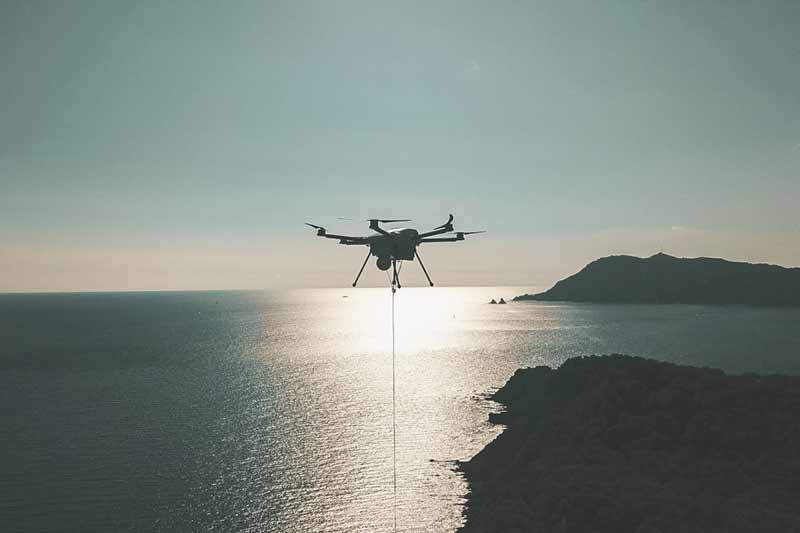
NESTOR contributes to the long-term European strategy for secure borders by integrating state-of-the-art technologies to develop a series of innovative border control tools that will complement the operations to enhance border authorities and security officers’ capabilities in detecting, assessing and responding to critical situations at the EU borders, at sea and in land areas both unpopulated ones or scarcely populated.



